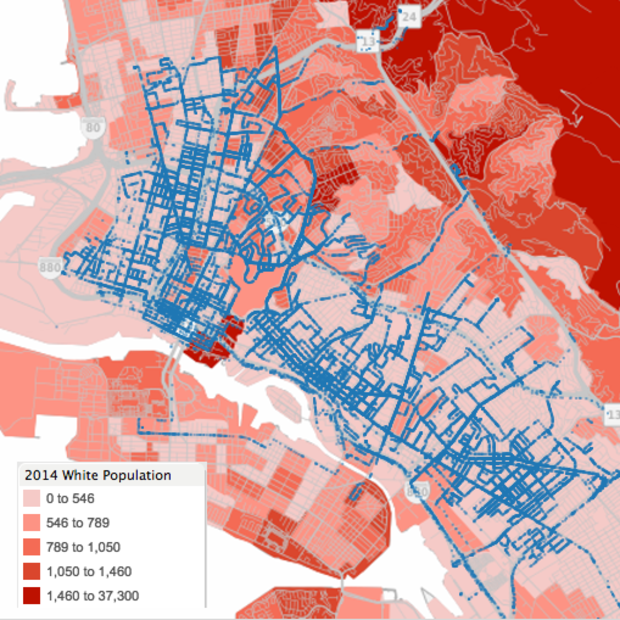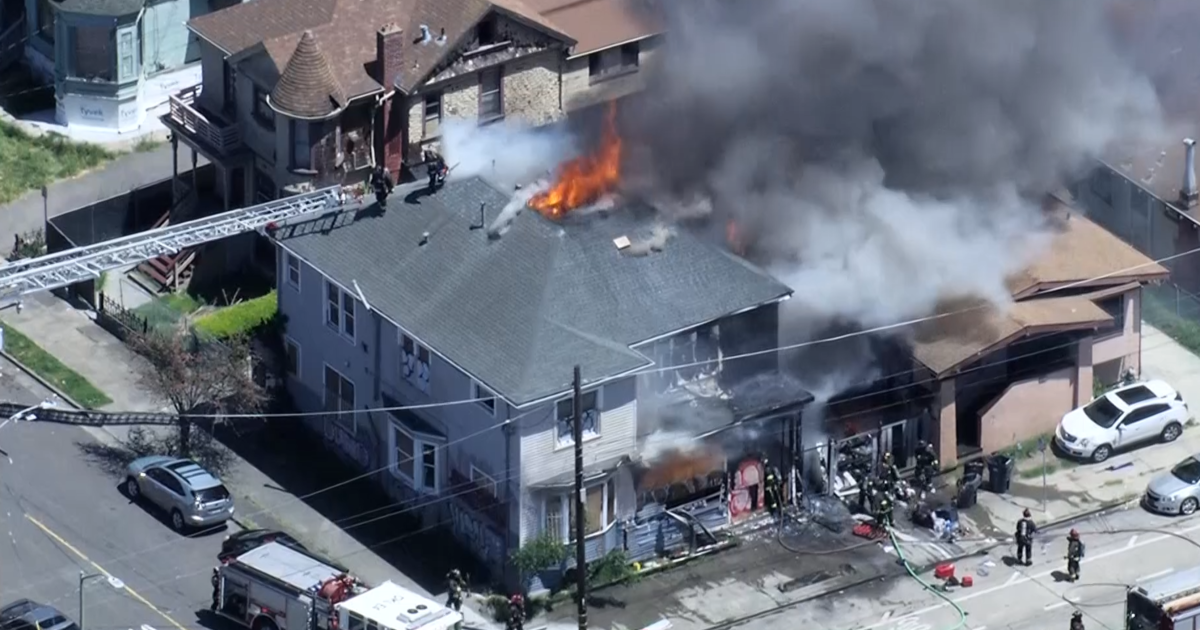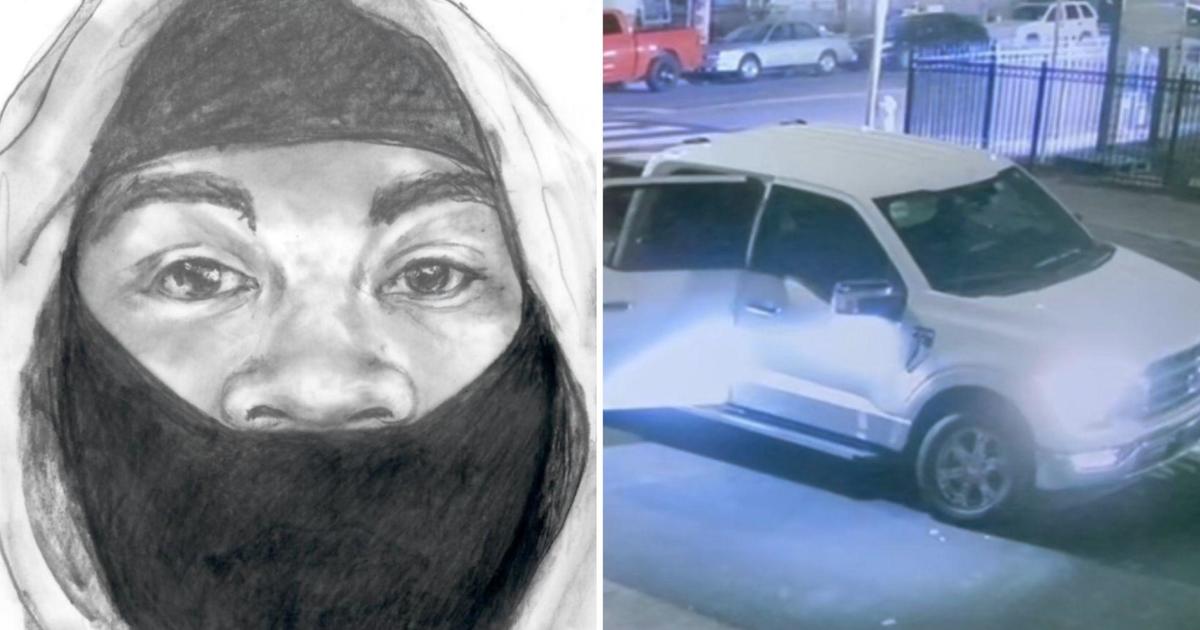If You Drive In Oakland, Police Probably Know Where You've Been
OAKLAND (CBS SF) -- A San Francisco-based civil liberties group is painting a stark portrait of what it looks like when tens of thousands of cars are tracked on the streets of Oakland.
The Electronic Frontier Foundation (EFF) analyzed eight days worth of data from the Automatic License Plate Readers, or ALPRs, provided by the City of Oakland under the California Public Records Act.
One of the most interesting findings to surface, according to co-author of the report Dave Maass, is how only two police cars equipped with ALPR cameras were responsible for collecting all 63,272 data points which cover 90 percent of the city. Maass points out Oakland's ALPR program is still new, but if more cars are equipped with these cameras it won't be long before the entire city is covered.
EFF also mapped the ALPR data over various layers of data from the U.S. Census Bureau.
The data shows lower-income neighborhoods are disproportionately captured by ALPR patrols, with police vehicles creating a grid of license plates in the city's poorest neighborhoods.
The data also shows if you are driving through a neighborhood with a higher density of white families, you are less likely to be picked up ALPR cameras, especially northwest of Highway 13.
ALPRs are designed to read license plates and record the time, date, and location a particular car was encountered to keep an eye on vehicles that were stolen, suspected to be involved a crime or for any other reason.
While the cameras are advertised as public safety utility, it's not hard for law enforcement agencies to over time, learn where a particular person works and lives, which religious services they attend and who they spend time with.
There's also documented cases of police abusing ALPR data to follow suspected gang members or to intimidate protesters and union members.
"Citizens should be wary of using mass surveillance without any particular suspicion," Maass said. "I wouldn't want to live in a place where police are keeping me under surveillance around the clock."
READ MORE: 11 Ways The Government Is Spying On You
The number of Bay Area police departments using ALPRs is growing.
In Piedmont, which has about 11,000 residents, the police department captured 1,641,841 plate scans with one ALPR unit in just one year, according to the American Civil Liberties Union. The city Milpitas, with only 67,000 residents, collected 4.7 million plate images in about the same time. On the state's highways, the California Highway Patrol operates at least 200 cameras, but it's not known yet how much data they have collected.
The ACLU says this data is also shared with other counties and potentially the federal intelligence community through a database that combines extensive records of motorists' travels throughout Northern California.





